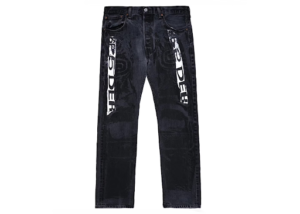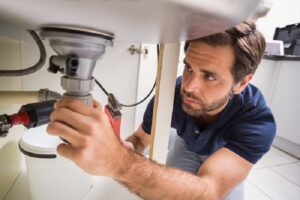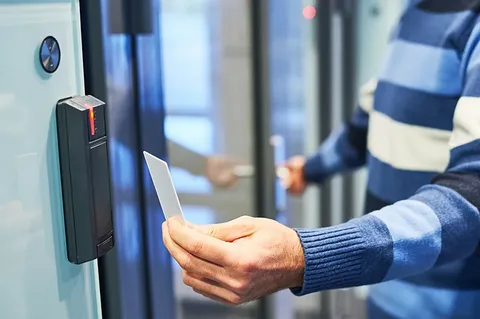Water leaks can be a major problem for homeowners, leading to costly repairs, water damage, and even health issues due to mold growth. Detecting water leaks early is crucial for minimizing damage and saving money on repairs. This article will discuss the signs of water leaks, quick and easy DIY water leak detection methods, professional leak detection services, and tips for preventing water leaks in your home.
Signs of Water Leaks
Before discussing water leak detection methods, it’s essential to know the signs of a water leak. Here are some common indicators that you may have a water leak in your home:
1. Unexplained increase in water bills
2. Mold or mildew growth
3. Musty odors
4. Stains or discoloration on walls, ceilings, or floors
5. Warped or buckling flooring
6. Peeling or bubbling paint or wallpaper
7. Cracks in walls or foundation
8. Puddles or damp spots around plumbing fixtures
9. Running water sounds when no water is being used
If you notice any of these signs, it’s time to start investigating and detecting the source of the leak using the methods discussed below.

DIY Water Leak Detection Methods
- Visual Inspection
A simple visual inspection can often help you identify the source of a water leak. Look for signs of water damage or moisture around plumbing fixtures, pipes, and appliances that use water. Check for loose or damaged connections, cracked or broken pipes, and signs of corrosion. Don’t forget to inspect outdoor faucets, hoses, and sprinkler systems as well.
- The Meter Test
The meter test is a simple and effective way to check for water leaks in your home. To perform this test, follow these steps:
1. Turn off all water-using appliances and fixtures in your home.
2. Locate your water meter, which is usually found near the street or in your basement.
3. Record the current reading on the meter.
4. Wait at least 30 minutes without using any water.
5. Check the meter reading again. If the reading has changed, you likely have a water leak somewhere in your home.
- The Food Coloring Test
The food coloring test is a popular method for detecting toilet leaks, which can waste a significant amount of water. To perform this test, follow these steps:
1. Remove the toilet tank lid.
2. Add a few drops of food coloring to the tank water.
3. Wait 15-20 minutes without flushing the toilet.
4. Check the toilet bowl for any signs of colored water. If the colored water appears in the bowl, you have a leak in your toilet.
- Infrared Technology
Infrared thermography is a non-invasive method for detecting water leaks behind walls, floors, and ceilings. Infrared cameras can detect temperature differences caused by moisture, allowing you to pinpoint the source of a leak without causing any damage to your home. While professional-grade infrared cameras can be expensive, more affordable options are available for homeowners interested in this technology.
- Acoustic Leak Detection
Acoustic leak detection involves using specialized listening devices to locate water leaks by the sound they produce. This method can be particularly useful for detecting leaks in underground pipes or those hidden behind walls or other barriers. While some acoustic leak detection equipment can be expensive, there are more affordable options available for homeowners, such as electronic stethoscopes or simple mechanic’s stethoscopes.
- Professional Leak Detection Services
While DIY water leak detection methods can be effective, some situations may require the expertise of a professional leak detection service. Professional leak detection companies use advanced technology and techniques, such as video pipe inspection, ground penetrating radar, and ultrasonic leak detection, to accurately locate and repair water leaks. If you’re unable to locate the source of a leak using DIY methods or suspect a more significant issue, consider hiring a professional.
- Preventing Water Leaks
Preventing water leaks is just as important as detecting them. Here are some tips to help you prevent water leaks in your home:
1. Regularly inspect plumbing fixtures, pipes, and appliances for signs of wear or damage.
2. Replace old or damaged pipes and hoses.
3. Install water leak detectors and automatic shut-off valves, which can alert you to leaks and prevent water damage.
4. Insulate exposed pipes to prevent freezing and bursting during cold weather.
5. Keep gutters and downspouts clean and clear of debris to prevent water damage to your home’s exterior and foundation.
6. Schedule regular plumbing maintenance to ensure your system is functioning properly and to catch potential issues before they become problems.

Conclusion
Detecting water leaks early is crucial for preventing costly damage to your home and belongings. By knowing the signs of water leaks and using quick and easy DIY water leak detection methods, you can stay ahead of potential problems and save money on repairs. If you suspect a more significant issue or can’t locate the source of a leak, consider hiring a professional leak detection service. Additionally, taking steps to prevent water leaks can help you maintain a healthy and safe living environment for you and your family.












